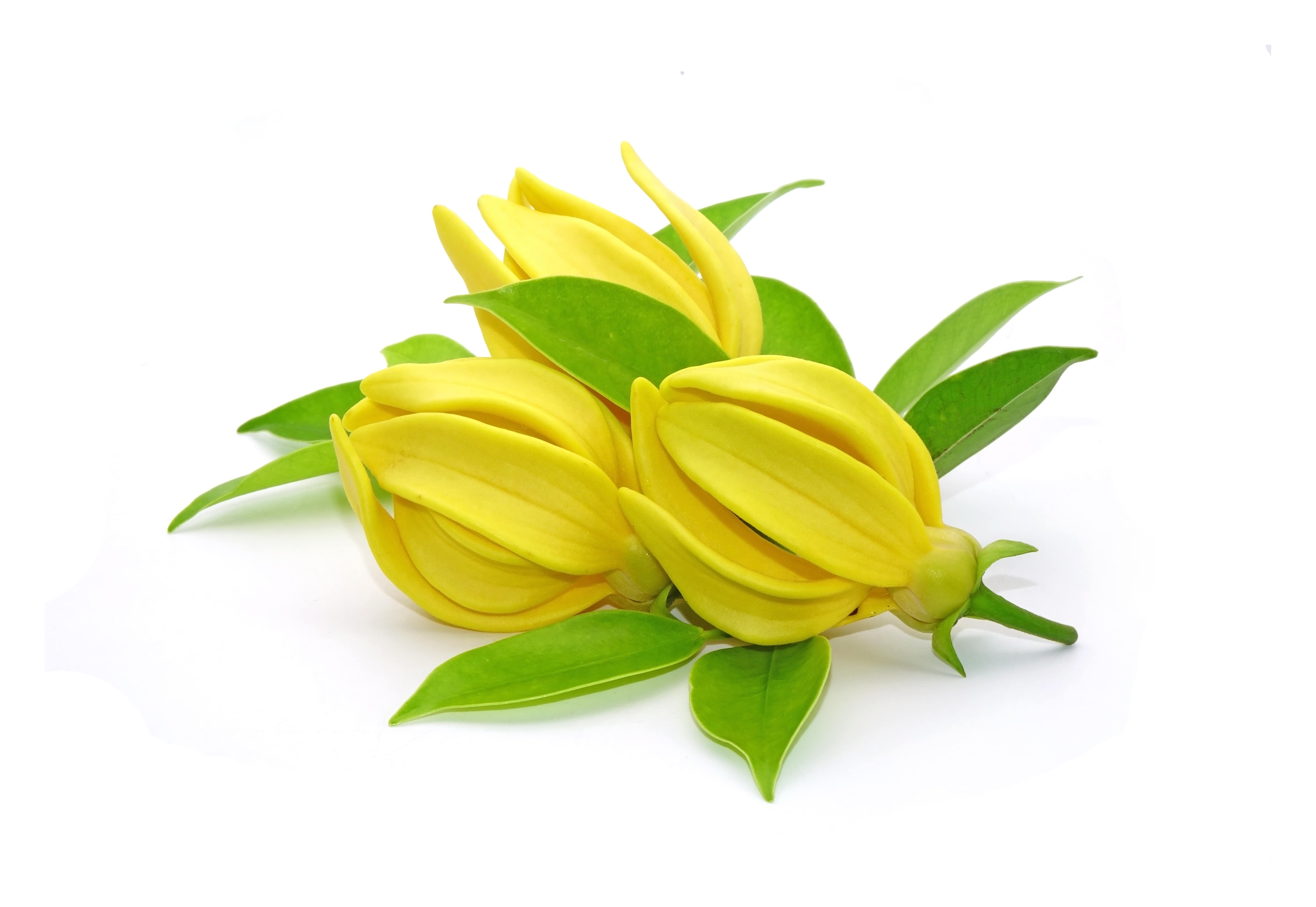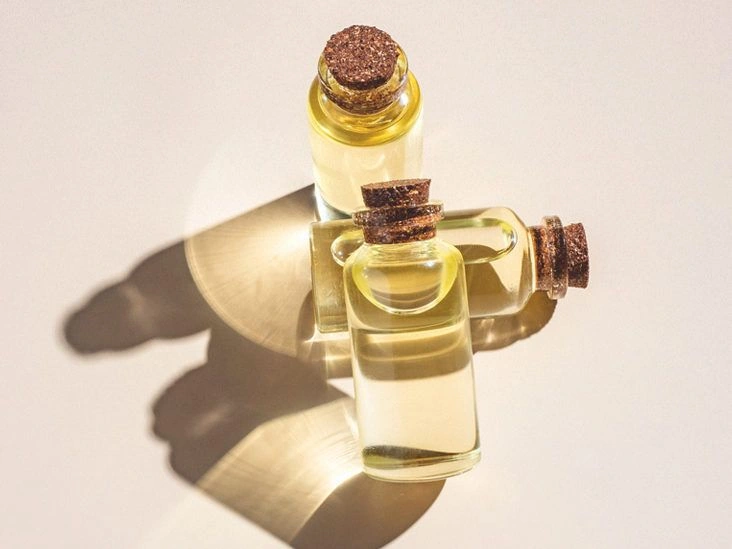The ylang ylang blossom is commonly distilled into an essential oil and frequently incorporated into perfumes, lotions, and soaps. While enthusiasts suggest it may lift mood and ease anxiety, robust evidence is scarce.

Ylang ylang is a yellow, star-shaped bloom that develops on the Cananga tree (Cananga odorata). This tropical plant is indigenous to regions around the Indian Ocean, including India, the Philippines, Malaysia, Indonesia, and parts of Australia.
Although some people attribute health-promoting properties to ylang ylang, scientific research supporting these claims is limited.
Read on to find out more about ylang ylang.
While some studies hint at possible effects, the FDA does not oversee or regulate the purity or potency of essential oils. Consult a healthcare professional before you start using essential oils and investigate the quality of any brand’s offerings. Always perform a patch test before applying a new essential oil broadly.
Uses
In traditional practices, ylang ylang has been used for:
- depression
- anxiety
- high blood pressure
- stomach disorders
- asthma
- gout
Some people also use ylang ylang as an aphrodisiac to enhance sexual desire, though evidence for this is mainly anecdotal.
Scientific support for ylang ylang’s proposed health advantages is limited. Still, a few laboratory and animal studies have shown encouraging results.
Possible benefits
Although high-quality human research is sparse, ylang ylang may offer several potential benefits, including:
- Mental well-being: A study found that ylang ylang reduced anxiety and enhanced self-esteem when it was applied topically or inhaled.
- Pain relief: One 2022 animal study reported that ylang ylang helped alleviate neuropathic (nerve) pain in mice.
- Antimicrobial activity: An in vivo study noted that ylang ylang showed promise in treating certain fungal and bacterial infections.
While these studies suggest potential effects of ylang ylang, they do not prove it is an effective treatment for these conditions. Always consult a physician before trying it and do not substitute it for prescribed medications.
Ylang ylang side effects
Ylang ylang contains several allergenic compounds. One of these, isoeugenol, can cause skin irritation in sensitive individuals.
As with all essential oils, do not apply neat ylang ylang oil directly to the skin. Essential oils should be diluted in a carrier oil and patch-tested before being used over a wide area of the body, face, or scalp.
Ylang ylang is toxic to dogs and cats. Do not apply it to a pet’s skin, paws, or coat, and avoid using it where animals might lick or breathe it in.
Forms of ylang ylang essential oil
Ylang ylang is sold as an essential oil and may be labeled by its fraction from the distillation process:
- Ylang ylang extract: This offers the most intense aroma but fades more quickly.
- Ylang ylang number 1, 2, or 3: These are progressively less intense in scent but denser and longer-lasting. Cananga oil (ylang ylang 3) has the mildest aroma.
- Ylang ylang complete: This blend includes all scent fractions, from extract through number 3.
Ylang ylang is also used in many commercial skin and hair products, as well as in scented candles, massage oils, perfumes, and colognes.
How to use ylang ylang
Ylang ylang can be mixed with a carrier oil (such as jojoba or almond oil) for use on dry skin or for massage. It may also be rubbed into the scalp to encourage natural oil production and decrease dryness.
Because ylang ylang can irritate some people, always perform a patch test and wait 24 hours before broader use. Tips include:
- Always dilute: For topical use, add one drop of essential oil per teaspoon of carrier oil.
- Store correctly: Keep in an opaque glass bottle in a cool, dark location.
- Check quality and shelf life: Ylang ylang has a lengthy shelf life, so you can prepare batches to store for a year or more. Never use oil that is past its expiration or smells rancid.
- Use in a diffuser with water: Ylang ylang can be inhaled via a room diffuser as part of aromatherapy.
The bottom line
Ylang ylang has a slightly fruity, sweet floral fragrance and is a common component in many perfumes and cosmetic formulations.
Ylang ylang may offer benefits such as reducing anxiety and alleviating nerve pain. Anecdotal reports also suggest its calming aroma could help with relaxation and conditions like headaches. However, strong scientific evidence is limited.
Ylang ylang contains several allergens and should be used cautiously on the skin.


















Leave a Reply
You must be logged in to post a comment.